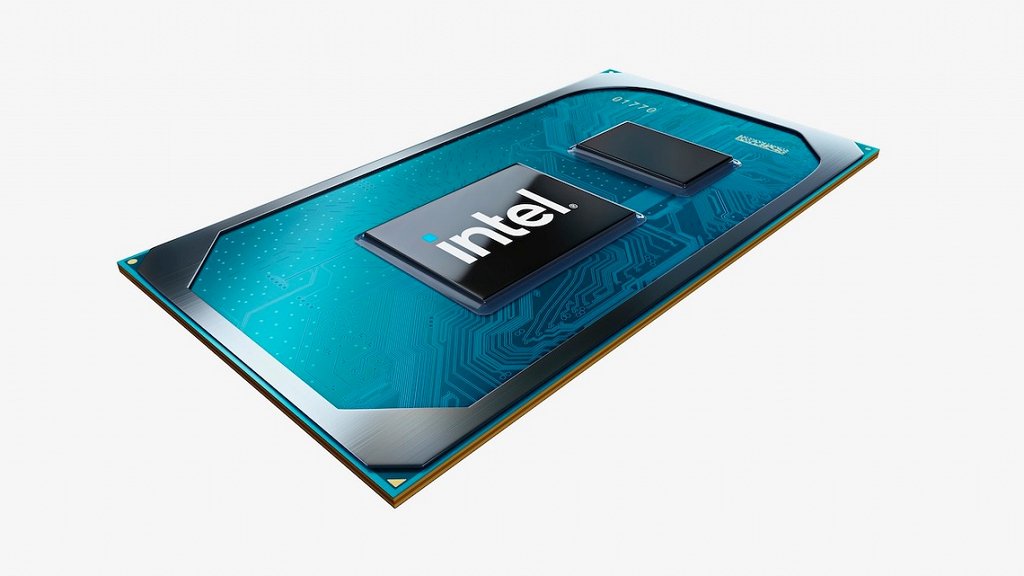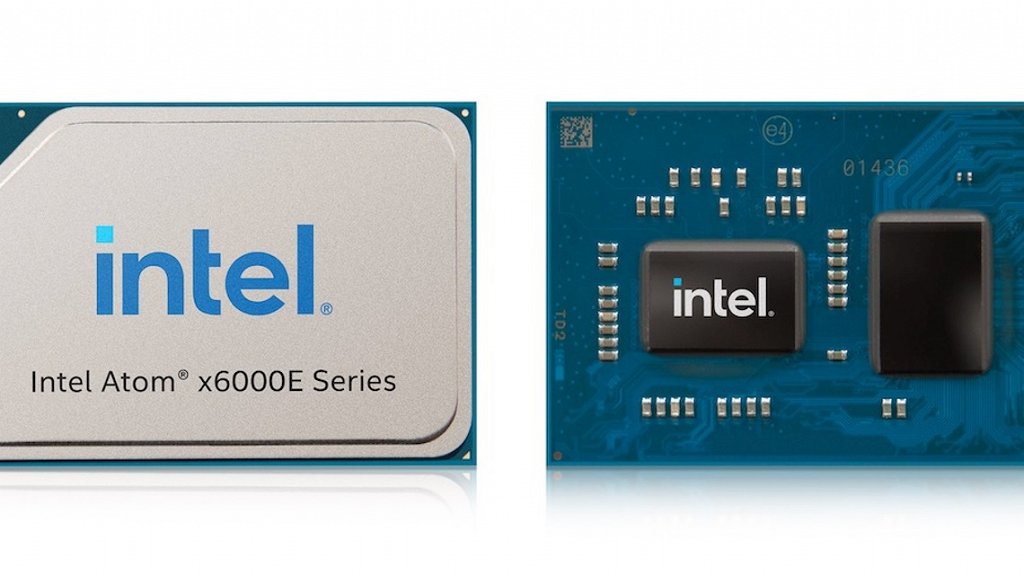Intel Targets Digital Transformation with New Processors
07.10.2020
Highlighting the promise of the Industrial Internet of Things and Time-Sensitive Networking, Intel releases multiple new processors delivering artificial intelligence, security, functional safety, and real-time communication capabilities.
 11th Gen Intel Core processors for IoT are enhanced specifically for essential internet of things applications that require high-speed processing, computer vision, and low latency deterministic computing. Source: Intel Corporation
11th Gen Intel Core processors for IoT are enhanced specifically for essential internet of things applications that require high-speed processing, computer vision, and low latency deterministic computing. Source: Intel Corporation
Automation World has covered developments around Time-Sensitive Networking (TSN) and the Industrial Internet of Things (IIoT) for several years now. With its ability to manage multiple streams of high bandwidth network traffic and prioritize control data to ensure deterministic communications, TSN is poised to have a lasting impact on industrial Ethernet networking—as such, it’s a critical components of industry’s digital transformation.
As with any new communication technology advance, the need for underlying computing devices to be developed so that networking devices housing them can be produced is the first major hurdle to cross. And with the recent news from Intel, it’s clear that the number of TSN and IoT-capable chips on the market are increasing dramatically.
At the Intel Industrial Summit 2020, the company announced the release of its 11th Gen Intel Core processors, Intel Atom x6000E series, and Intel Pentium and Celeron N and J series to bring new artificial intelligence (AI), security, functional safety, and real-time capabilities to edge computing users.
 Intel Atom x6000E series delivers enhanced real-time performance and efficiency, improved graphics, a dedicated real-time offload engine, enhanced I/O and storage options, and integrated Time-Sensitive Networking. Source: Intel Corporation
Intel Atom x6000E series delivers enhanced real-time performance and efficiency, improved graphics, a dedicated real-time offload engine, enhanced I/O and storage options, and integrated Time-Sensitive Networking. Source: Intel Corporation
Intel’s 11th Gen core processors are designed for what Intel calls “essential IoT applications that require high-speed processing, computer vision and low-latency deterministic computing.” New dual-video decode boxes in these processors allow the processor to ingest up to 40 simultaneous video streams at 1080p 30 frames per second and output up to four channels of 4K or two channels of 8K video. AI-inferencing algorithms can run on up to 96 graphic execution units or run on the CPU with vector neural network instructions built in. With Intel’s Time Coordinated Computing and TSN technologies, 11th Gen processors reportedly enable real-time computing demands while delivering deterministic performance across a variety of use cases, such as mission-critical control systems, industrial PCs, and human-machine interfaces.
The Intel Atom x6000E Series and Intel Pentium and Celeron N and J Series processors are Intel’s first processor platform enhanced for IoT. Features include up to 2x better 3D graphics; a dedicated real-time offload engine; Intel Programmable Services Engine, which supports out-of-band and in-band remote device management; enhanced I/O and storage options; and integrated 2.5GbE time-sensitive networking. These processors are designed to support 4Kp60 resolution on up to three simultaneous displays, meet functional safety requirements with the Intel Safety Island, and include built-in hardware-based security.
In industrial applications, these processors are suitable for use in real-time control systems and devices that meet functional safety requirements for industrial robots and for chemical, oil field, and energy grid-control applications.
Author:David Greenfield
Source: www.automationworld.com




































